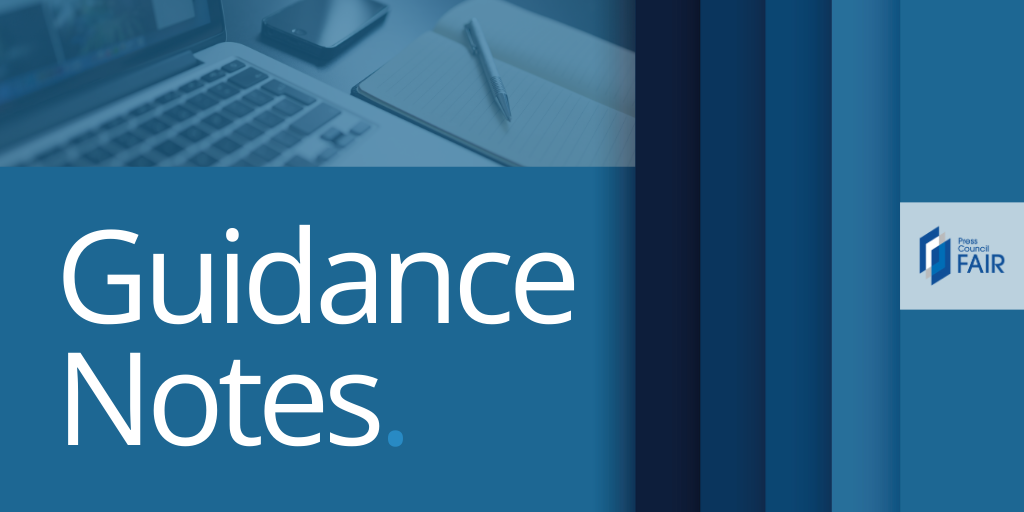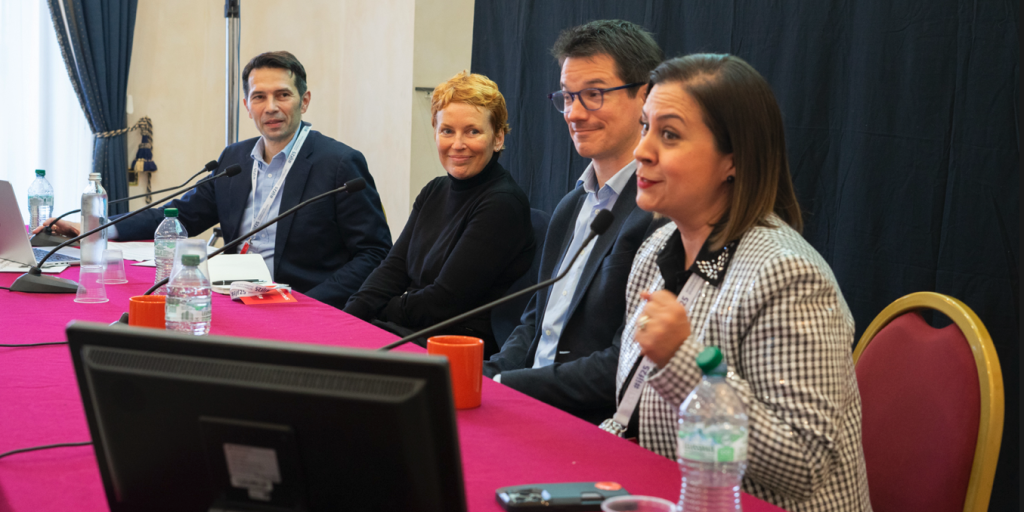News media ownership and funding transparency
These guidelines have been developed to assist Press Council members. They are not binding and they do not extend the Press Code. No complaint may be lodged in terms of these guidelines.
The need for news media organisations to be transparent goes without saying. It is hypocritical of those who employ journalists demanding information in the public interest to be secretive themselves.
Who owns and who funds news media outlets should be transparent. This serves both the public interest and the interest of the news outlets in defending themselves from claims of media capture.
At the heart of the need for transparency is the conflict between the need for independent news media and news media’s need for money. Ownership of the capital needed for a commercial news operation confers control of the company and at the very least influence on the news produced.
With the rise of donor-funded news outlets as commercial media comes under pressure, the need for sources of funding to be declared has become as important as declarations of ownership. Funding also entails at least potential influence.
The public have a right to know who both the owners and funders of news outlets are. News outlets are better able to defend their independence and build trust of their audiences if their ownership and funding is known.
The extent of the information must be left to individual news outlets, but when it comes to transparency, more is better, lest the accusation be levelled that something is being hidden. Moreover, changes in ownership and funding should be timeously disclosed. Secrets make stories, as any reporter knows.
At the operational level, if a company pays a media outlet for coverage, whether directly or through some sort of sponsorship – e.g. paid travel – that should also be transparent. Commercial arrangements commonly known as ‘native content’ – that is, any brand-sponsored article, feature, or picture in a newspaper, or article, feature, picture or video on a website, that looks and feels like a natural piece of the newspaper or online publication or broadcast outlet – should be clearly marked.
Ownership, control and management
Ownership that may be seen as enabling influence of editorial policy must be declared. In a situation where no other shareholder or connected bloc of shareholders owns 25% or more of the shares, 25% plus 1 share will be considered control. A minimum of what should be disclosed (see note at the end):
- Name and contact details of direct owners with over 5% shareholding and the size of their
shareholdings - Identity of those with indirect control or a significant interest, over a threshold of 5%
- Citizenship/residence status of individuals with over 5% shareholding
- Country of domicile of company or organisation with over 5%
- Identity of beneficial owners where shares are held on behalf of another, e.g. via brokerage or
trust - The names and details of the directors, how long the non-executive directors have served,
and the composition of the board
Funding policy
Every news outlet should state its funding policy.
An example is amaBhungane, whose policy is available on its website. Funding policy should state how the news organisation deals with the effect of funding on editorial policy, for instance the policy on ‘native content’ and other sponsored coverage, donor funding by corporates, foundations and government grants, crowdfunding, the
reporting and other requirements of donors, and where possible diversification of funding.
Donors and donations
Major donors, the amount they have donated and the percentage of the annual funding of the news outlets these donors account for should be disclosed.
The amount below which donations need not be disclosed, e.g. R10 000, should be stated.
In conclusion, the level of disclosure is voluntary but more is better. The reason for transparency on ownership and funding is not transparency for transparency’s sake. It serves to help preserve media independence and maintain public trust in the media. Disclosure should not be seen as a burden or a tick-box exercise.
- Adapted from ‘Ten Recommendations on Transparency of Media Ownership’ (Access Info Europe,
2013)




